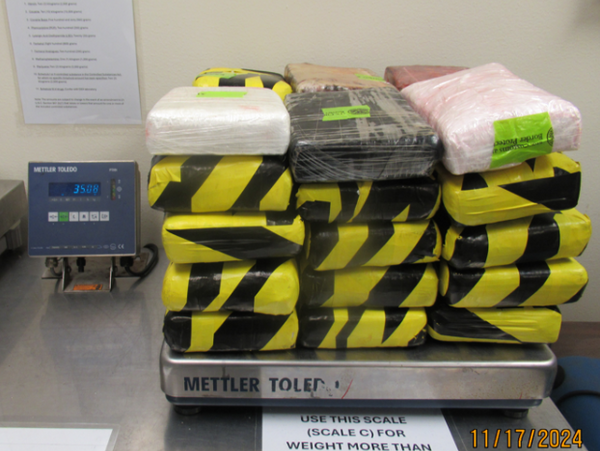When the U.S. government heads toward a partial shutdown, a natural instinct is to anticipate dire consequences for financial markets and the economy.
- The history doesn't support it, however.
Why it matters: In the past, at least, government shutdowns have been a micro story, not a macro story.
- That is, they have caused plenty of annoyance and disruption to the work of individual agencies but haven't had any meaningful impact on headline numbers like GDP or unemployment.
- The open question is whether the Trump administration's handling of the imminent shutdown will change that.
By the numbers: The most recent shutdown lasted 35 days, from December 2018 through mid-January 2019. In those two months, payroll employment grew by an average of 221,000 jobs, better than the 166,000 a month notched for the entirety of 2019.
- In October 2013, a 16-day shutdown coincided with 220,000 jobs added that month, better than the 192,000 average for that year.
- You similarly can't see much impact in data like the unemployment rate, GDP, or retail sales.
- Even initial jobless claims, perhaps the best real-time indicator of job market distress, doesn't show much. In the week ending January 12, 2019, in the thick of the last shutdown, there were 218,000 unemployment benefit claims, almost exactly the 2019 average (217,700).
Between the lines: Traditionally, government workers remain employed during a government shutdown, even if they are not allowed to work during that time.
- They do not consider themselves unemployed, don't file for jobless benefits, don't radically cut back on their spending, and otherwise don't behave in ways that would shape the macroeconomic landscape.
- Next month's unemployment rate might temporarily rise by as much as 0.2 percentage point, "if furloughed employees are categorized as they have been in prior shutdowns," economists at Goldman Sachs wrote in a client note over the weekend.
Yes, but: The Trump administration is threatening to use a potential government shutdown this week to permanently dismiss many thousands of federal employees.
- It is unclear if this is legal or plausible, given that many departments have already experienced substantial cutbacks this year.
What they're saying: "In a shutdown, [the Office of Management and Budget] has authority to determine which employees are 'essential' and need to continue working and which are furloughed," Sarah Bianchi of Evercore ISI wrote in a note.
- "OMB could decide to furlough a larger-than-usual share of federal workers. However, any attempt to immediately fire 'non-essential' workers would likely prompt legal challenge."







